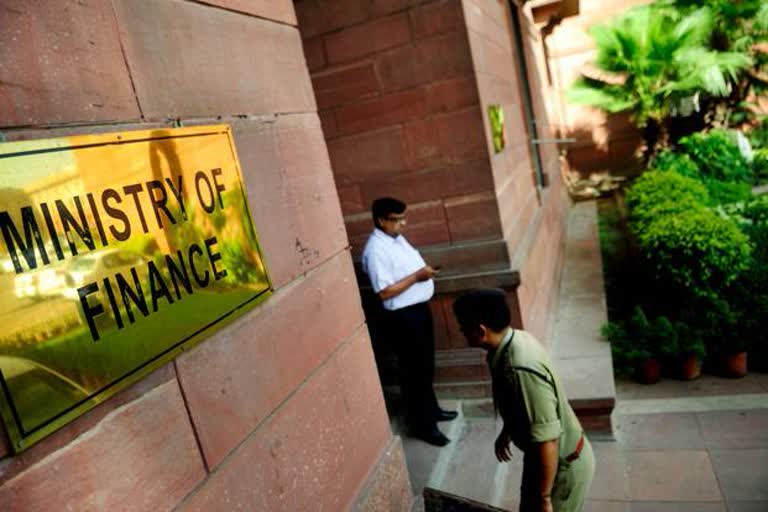New Delhi: Though easing of monetary policy has the potential to support growth, the recent cuts in repo rate are yet to transmit to weighted average lending rate of banks, thus the effects of the easing on investment activity are yet to manifest, said the monthly report of March of the Finance Ministry.
Credit growth could have been challenged by continuous tightening of bank liquidity causing the call money market rates to trend up since Q1; however, some respite is evident in Q4, added the March economic report.
Read more:PMO reviews 59-minute loan scheme, Rs 37,870 crore disbursed
Nominal exchange rate has been appreciating in Q3 of 2018-19, yet the net flow of portfolio investment remained negative, the report said while stating the real effective exchange rate has been appreciating in Q3 of 2018-19, which may have impacted growth of exports towards the end of the year.
Foreign Exchange Reserves in terms of months of import cover have fallen from 14 months from April 2016 to 9 months in October 2018. However, the import cover has been increasing since then, it noted.
Not only do fuel and food inflation directly drive the CPI headline inflation, they do so indirectly as well by spilling over into other sectors of the economy as captured by core inflation, said the March monthly economic report.



